I am trying to build a master/detail type sample application and I'm struggling to get the NavigationBar UI to work correctly in my detail view. The code for the view I am working on is as follows:
struct JobDetailView : View {
var jobDetails: JobDetails
var body: some View {
Form {
Section(header: Text("General")) {
HStack {
Text("Job Name")
Spacer()
Text(jobDetails.jobName)
.multilineTextAlignment(.trailing)
}
HStack {
Text("Hourly Rate")
Spacer()
Text(TextFormatters().currencyString(amount: jobDetails.hourlyRateBasic!))
.multilineTextAlignment(.trailing)
}
}
} .padding(.top)
.navigationBarTitle(Text(jobDetails.jobName))
}
}
The reason for the .padding(.top) is to stop the Form overlapping the navigation bar when scrolling upwards.
The white background on the navigation bar portion my issue (first image), I should expect it to be in keeping with the overall style of the UI, what I expect to happen is shown in the second image.
I have tried to add foreground/background colours and Views to change this colour, but to no avail. I'm also reticent of forcing a colour for the NagivationBar, as this will require further configuration for use with dark mode.


